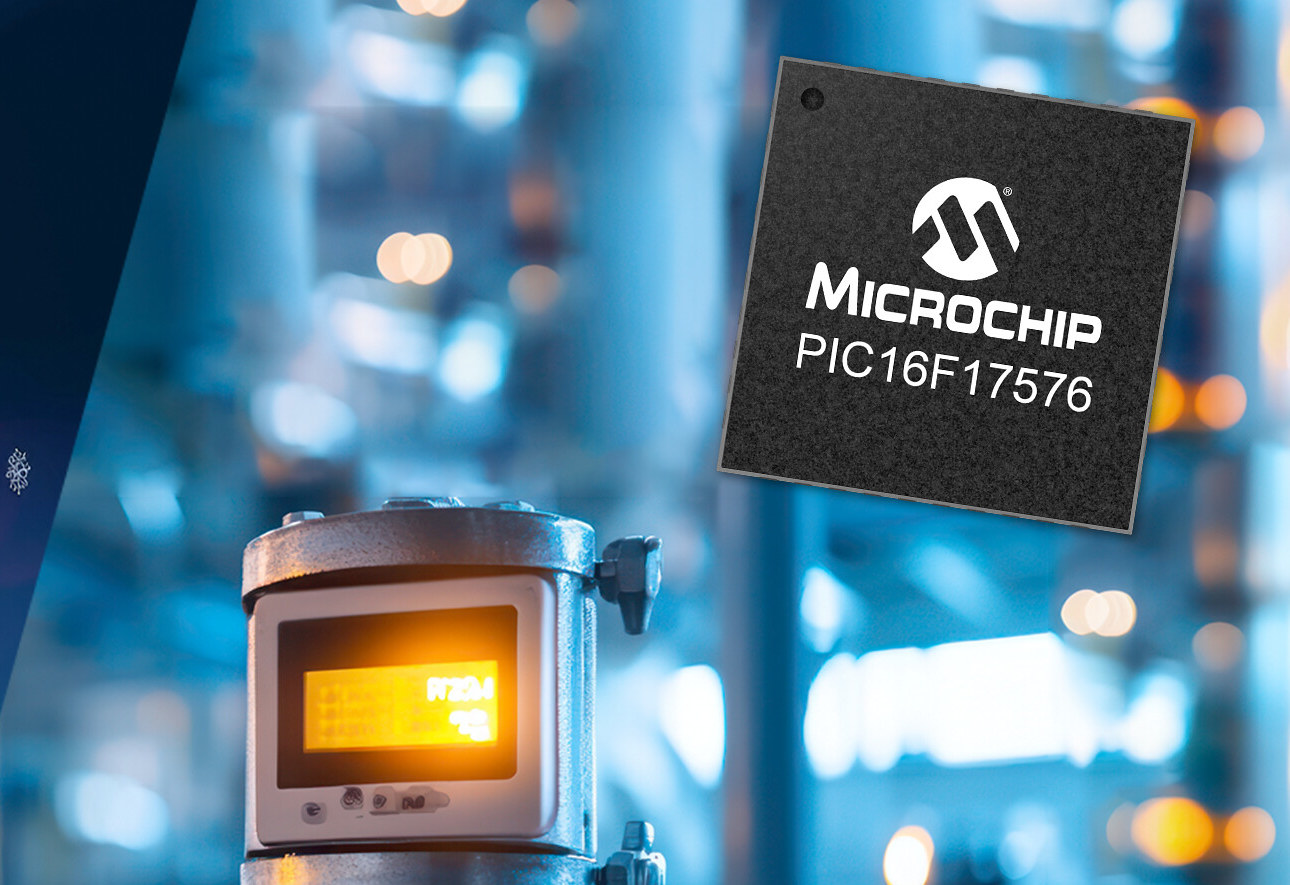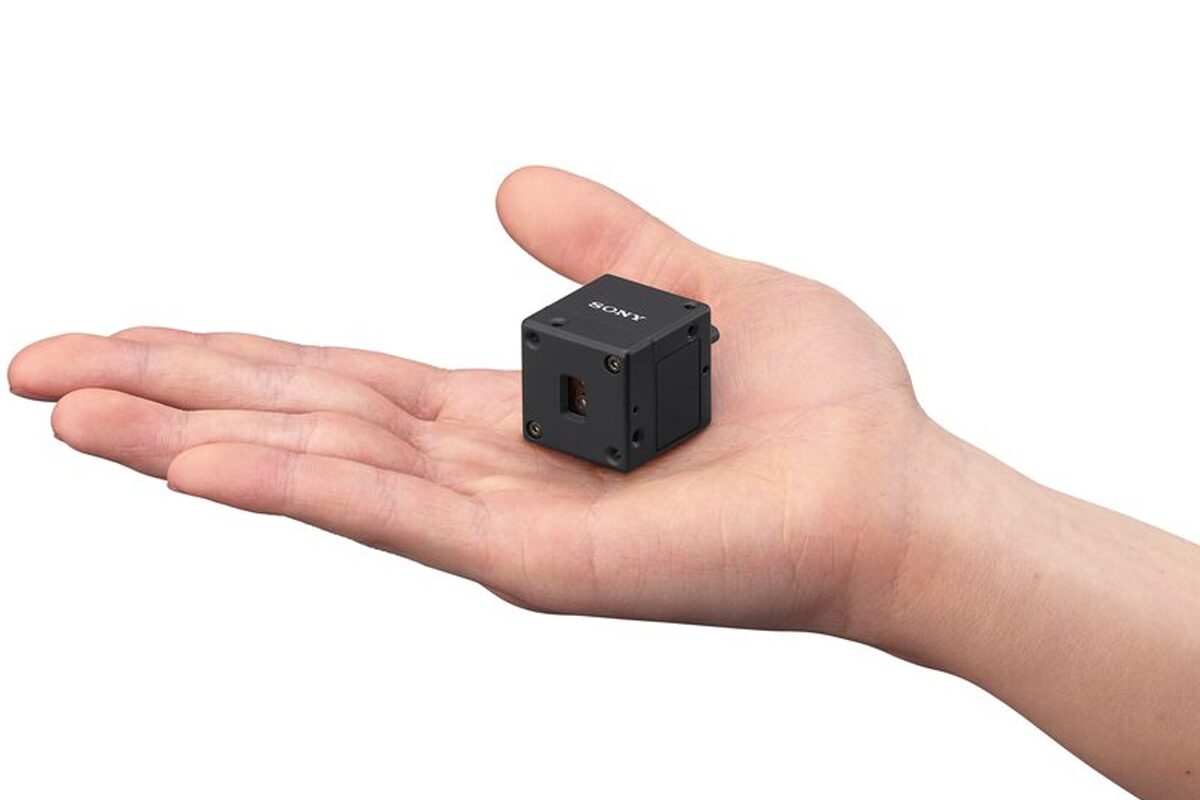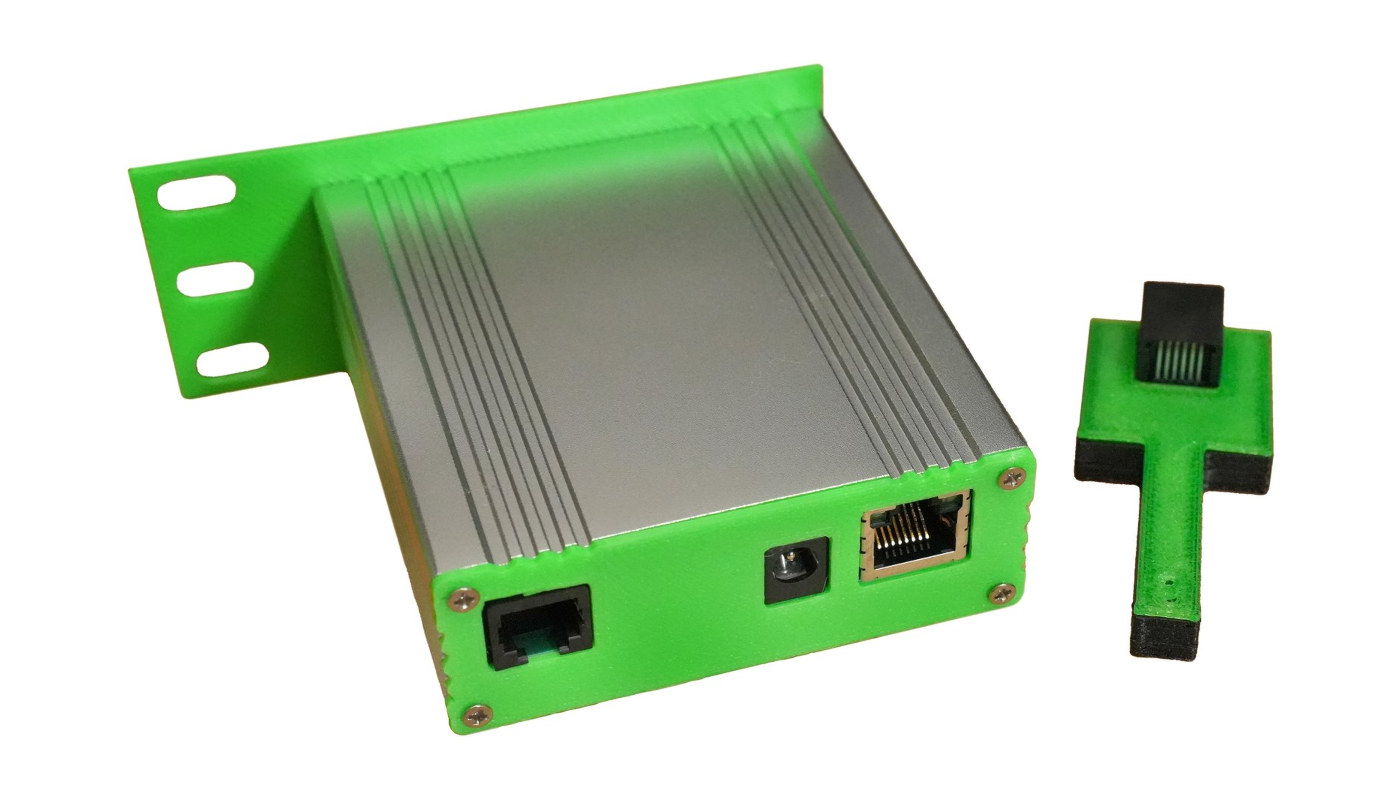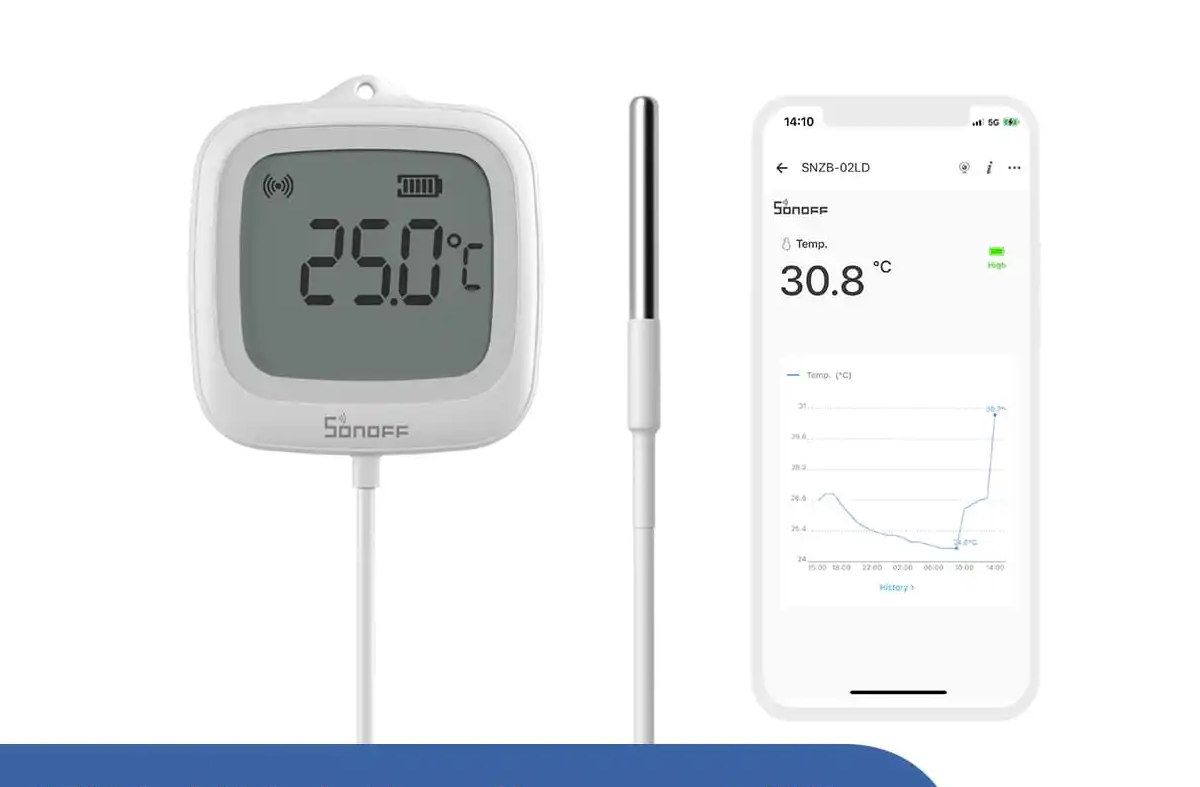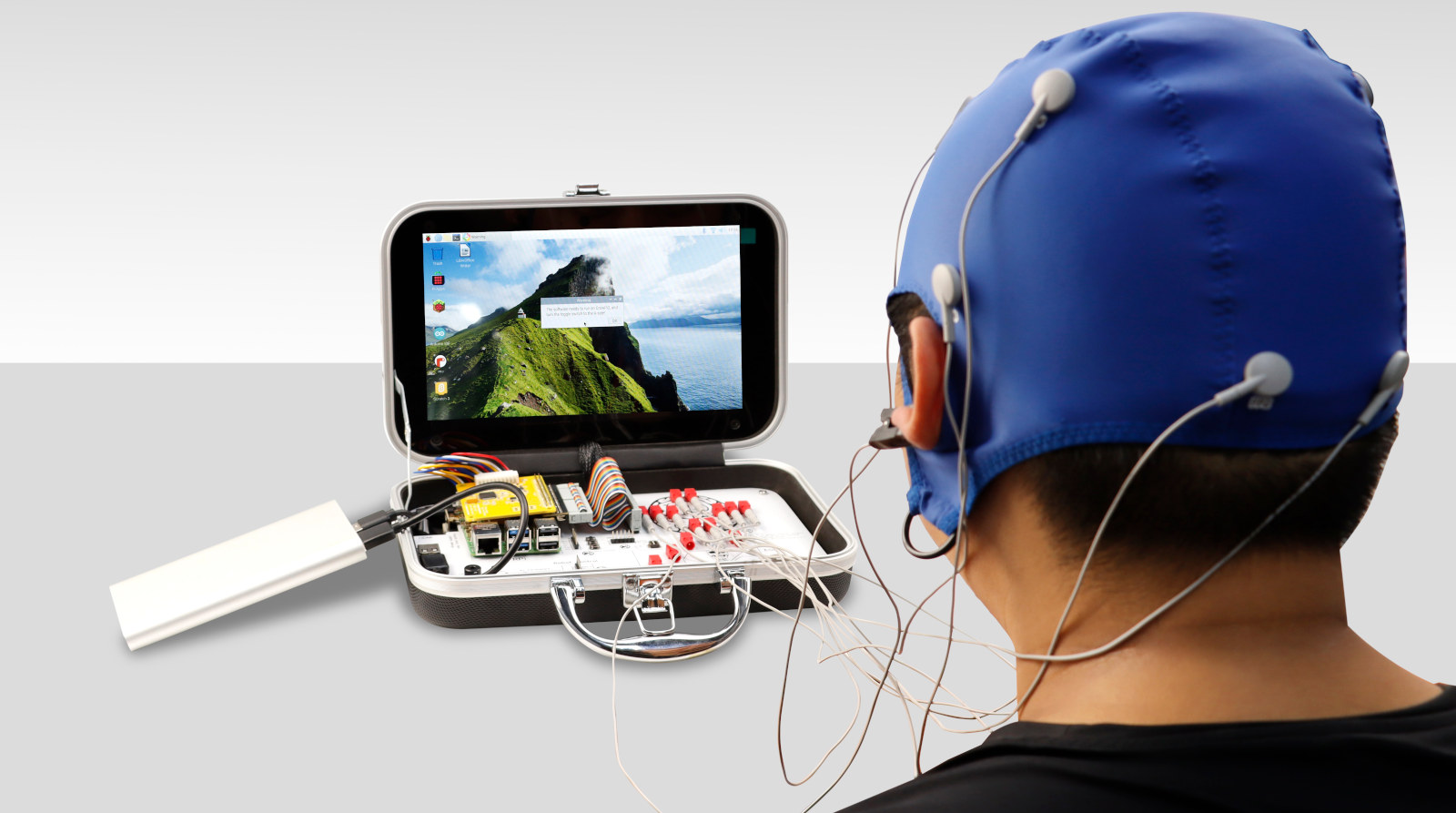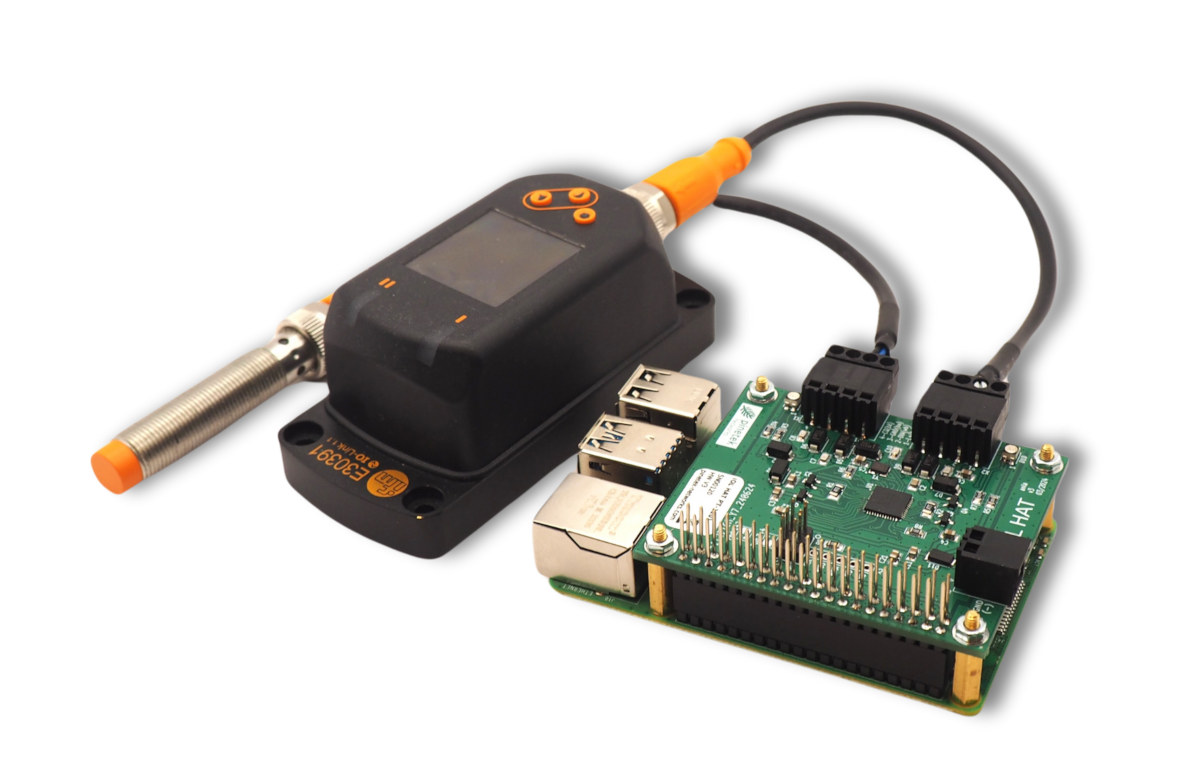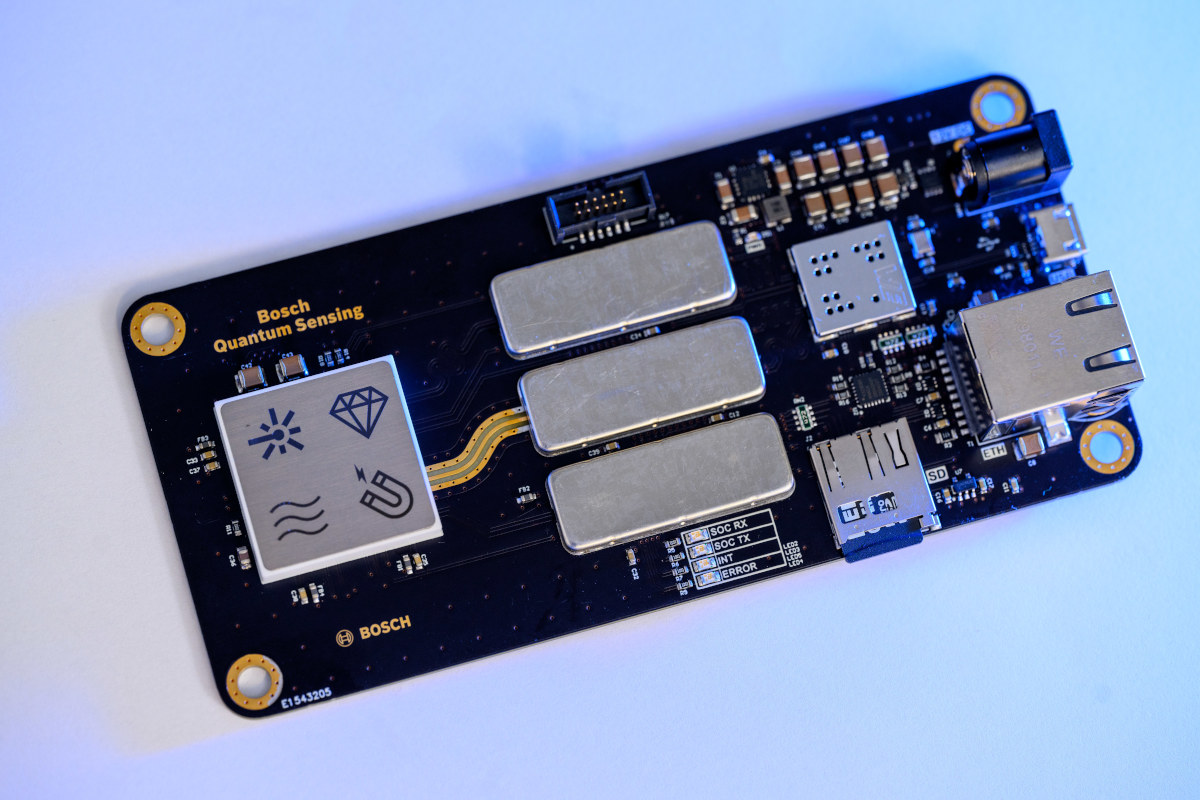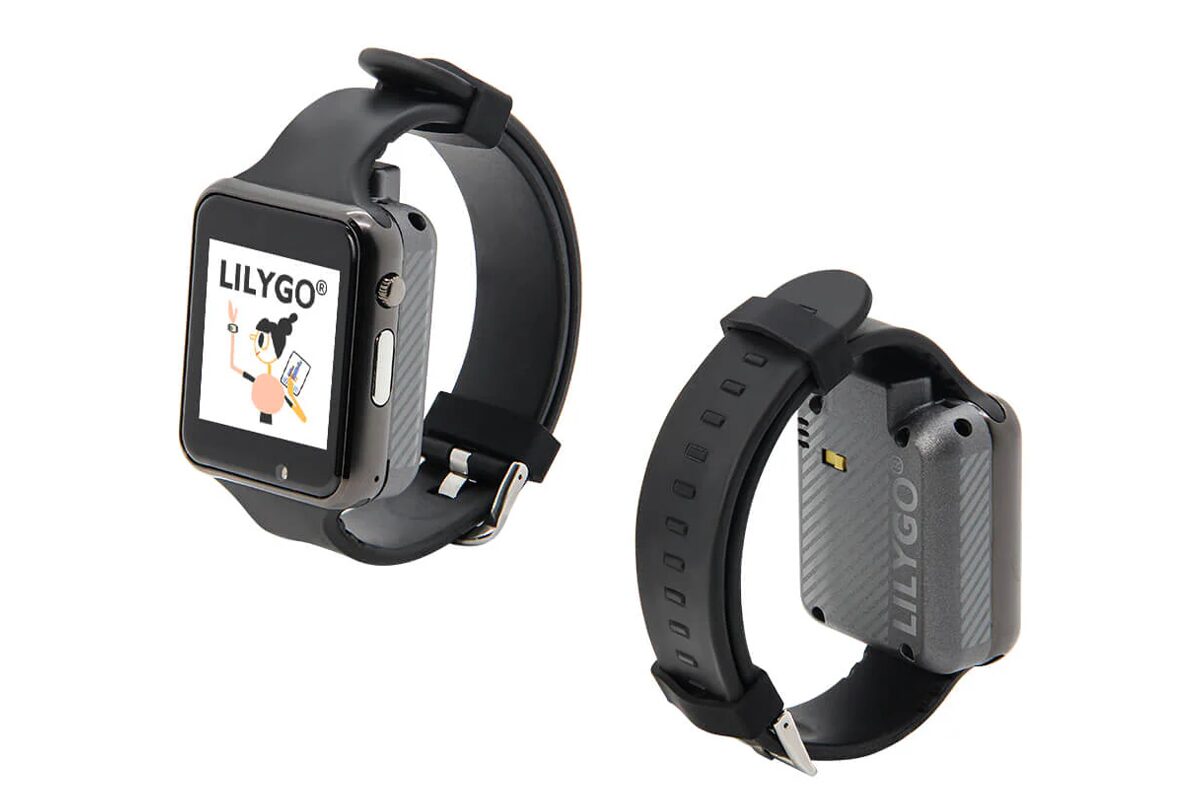Microchip PIC16F17576 8-bit MCUs are designed for low-cost and low-power analog sensors. They integrate a low-power comparator and voltage reference combination that can operate while the MCU core is in sleep mode, consuming less than 3.0 µA of current during analog measurements. The PIC16F17576 microcontrollers are equipped with up to four operational amplifiers (op amps) with software-controlled gain ladders, and a 12-bit differential ADC with automated averaging. Key applications include vibration and strain measurement, flow metering, gas detection, cold asset tracking, and motion sensing. PIC16F17576 specifications: Core – C Compiler Optimized RISC Architecture @ 32 MHz Memory and Storage Up to 2 KB of data SRAM Up to 28 KB of program flash memory Up to 256 bytes of data EEPROM memory Programmable code protection and write protection Digital Peripherals 2x Capture/Compare/PWM (CCP) Modules (16-bit resolution for Capture/Compare modes; 10-bit resolution for PWM mode) 2x 16-bit PWM 4x Configurable Logic […]
Sony AS-DT1 tiny industrial LiDAR depth sensor can operate under bright conditions (up to 100,000 lux)
Sony AS-DT1 is a tiny and precise LiDAR depth sensor, which the company claims is the world’s smallest at just 31 x 29 x 29mm and the world’s lightest at 50 grams compared to other solutions with a range of 10 meters or more. It is designed for applications such as drones for inspections and surveys, autonomous mobile robots, food service robots, and warehouse automation. The LiDAR module uses Direct Time of Flight (dToF) LiDAR technology with a Single Photon Avalanche Diode (SPAD) sensor to deliver fast, accurate three-dimensional distance measurements both indoors and outdoors. According to the company, the sensor can measure a range of up to 40 meters indoors and 20 meters outdoors, even in bright light, with ±0.2-inch (+/-0.5mm) accuracy at 10 meters, and a distance resolution of 0.98 inches (2.5cm). Featuring a rugged yet lightweight aluminum alloy housing, two USB-C ports, and connectors for external power, […]
Openviro Axe PoE is an RP2040-based environmental sensor for server rooms and cabinets (Crowdfunding)
Openviro Axe PoE is a rack-mountable, open-source environmental sensor designed to measure the temperature and humidity (and air pressure) in server rooms or cabinets with electrical equipment. The device is based on a Raspberry Pi RP2040 board with Ethernet connectivity housed in an aluminum enclosure and equipped with two RJ12 connectors for Bosch BME280 sensors with an accuracy of +/- 0.5°C. It provides better results than sensors placed in a machine that may be impacted by the internal components’ heat dissipation. For instance, the two sensor inputs can be used to measure the temperature and humidity of the intake and exhaust in a server rack. Openviro Axe PoE specifications: Microcontroller – Raspberry Pi RP2040 dual Arm Cortex-M0+ @133 MHz with 264 KB SRAM Storage – 16 MB flash memory Network – 10/100Mbps Ethernet RJ45 port via LAN8710Ai Expansion – 2x RJ12 connector for THP Probes Misc – 3x Buttons Power […]
SONOFF SNZB-02LD and SNZB-02WD IP65-rated Zigbee LCD Smart thermometers work with liquids or outdoors
ITEAD has introduced two new SONOFF devices: the IP65-rated SNZB-02LD and SNZB-02WD Zigbee 3.0 LCD Smart thermometers designed to work in liquids or enclosed spaces such as bathtubs or refrigerators, or outdoors in gardens or other humid environments, respectively. Both devices look similar and can measure temperature with +/- 0.5°C accuracy, but the SONOFF SNZB-02LD model ships with a 1.5m long probe to measure the temperature of liquids in a pool, a bathtub, or fermentation vessel (for beer or wine making), as well as in refrigerators. On the other end, the SNZB-02WD features a built-in temperature and humidity sensor. SONOFF SNZB-02WD/LD specifications: MCU – Telink TLSR8656F512ET32 (part of the TSL8656 family – See PDF datasheet ) Zigbee/RF4CE SoC with 32-bit RISC MCU, 64kB SRAM, 512kB internal Flash Display – 2.2-inch LCD Wireless – Zibgee 3.0 (802.15.4 radio on TSL8656) Temperature and Humidity sensor SNZB-02WD (internal) Temperature Range – -20°C to […]
PiEEG kit – A Raspberry Pi 5-based bioscience lab in a suitcase (Crowdfunding)
Yesterday we wrote about using quantum sensors for brain-computer interfaces (BCI) and other biomedical applications. But that’s the future, and if you want to experiment with brain-computer interface technology and bioscience, the PiEEG kit has everything you need to get started, with all components fitting in a suitcase easy to carry around between your home and university or school. The bioscience home lab is based on the PIEEG Shield for Raspberry Pi introduced in 2023, and features a Raspberry Pi 5 8GB, a 9-inch display, a sensor board, EEG electrodes and cables for brainwave measurement, and electrodes for EMG (muscles), EKG (heart), and EOG (eye) signal recording. The PiEEG kit is comprised of the two main custom boards with the following specifications/features: PiEEG Shield on top of the Raspberry Pi 5 ADC – Texas Instruments ADS1299 Analog-to-Digital Converter for biopotential measurements Host interface – 40-pin GPIO header with SPI protocol […]
IOL HAT adds an IO-Link compatible master to Raspberry Pi for industrial IoT sensors and actuators
Pinetek Networks’ IOL HAT is a Raspberry Pi expansion board using the IO-Link (IEC 61131-9) protocol to interact with industrial sensors. It’s based on the Analog Devices MAX14819 IO-Link master transceiver and offers two SDCI (“Single-Drop Digital Communication”) connectors. While work on the IO-Link communication protocol started in 2006, and the IEC 61131-9 “Single-drop digital communication interface (SDCI) for small sensors and actuators” standard was adopted in 2013, it only recently came onto our radar with products like the STMicro EVLIOL4LSV1 IO-Link actuator board and Renesas CCE4511 IO-Link master and ZSSC3286 IO-Link sensor signal conditioner. The IOL HAT brings the IO-Link standard for industrial IoT communication to the Raspberry Pi. IOL HAT specifications: IO-Link chip – Analog Devices MAX14819 dual IO-Link master transceiver with integrated framers and L+ supply controllers 2x SDCI ports for IEC 61131-9 (IO-Link) sensors and actuators Host connection (one or the other) PT-1201 model – 40-pin […]
Bosch magnetic-field quantum sensors leverage synthetic diamonds, lasers, and microwaves for ultra-precise measurements
Most people have heard about quantum computers, but quantum sensors? I’ve just come across those as Bosch is developing magnetic-field quantum sensors harnessing “the power of quantum physics to enable measurements with unmatched precision” while being much more compact than other quantum sensors using techniques like SQUIDs (superconducting quantum interference device), vapor cells, or optical traps. Bosch Quantum Sensing (that’s the full company name) further explains its magnetic-field quantum sensors surpass the capabilities of conventional sensors by offering a wider measurement range, higher sensitivity, and higher spatial resolution. They currently have an internal quantum sensor prototype/evaluation board that’s about the size of a smartphone, so they are still quite larger than traditional sensors. Bosch quantum magnetometer can measure tiny magnetic field variations with accuracy, including the Earth magnetic’s field, and even analyze the direction of and magnetude of magnetic fields giving the equivalent of a 3D-point magnetic representation. This notably […]
LILYGO T-Watch S3 Plus smartwatch gets GPS and 940mAh battery
LILYGO has recently introduced the T-Watch S3 Plus, an ESP32-S3 smartwatch which can be considered an upgrade from the previous generation T-Watch S3, adding a u-blox MIA-M10Q GPS and a larger 940mAh LiPo battery for extended battery life. The T-Watch S3 Plus smartwatch still supports Wi-Fi, Bluetooth LE, and LoRa connectivity, and integrates a 1.54-inch 16-bit full-color TFT LCD display with capacitive touch and a wide-viewing angle. The smartwatch also features an infrared (IR) transmitter that can be used for remote control or proximity detection. T-Watch S3 Plus specifications Wireless MCU – Espressif Systems ESP32-S3 CPU – Dual-Core 32-bit Tensilica LX7 @ up to 240 MHz with vector instructions for AI/ML acceleration Memory – 512KB SRAM, 8MB PSRAM Storage – 16MB flash, 384KB ROM Wireless – Wi-Fi 4 and Bluetooth 5 LE/Mesh Display – 1.54-inch 16-bit full color TFT LCD display with 240×240 resolution, capacitive touch; ST7789V SPI controller Audio – […]


